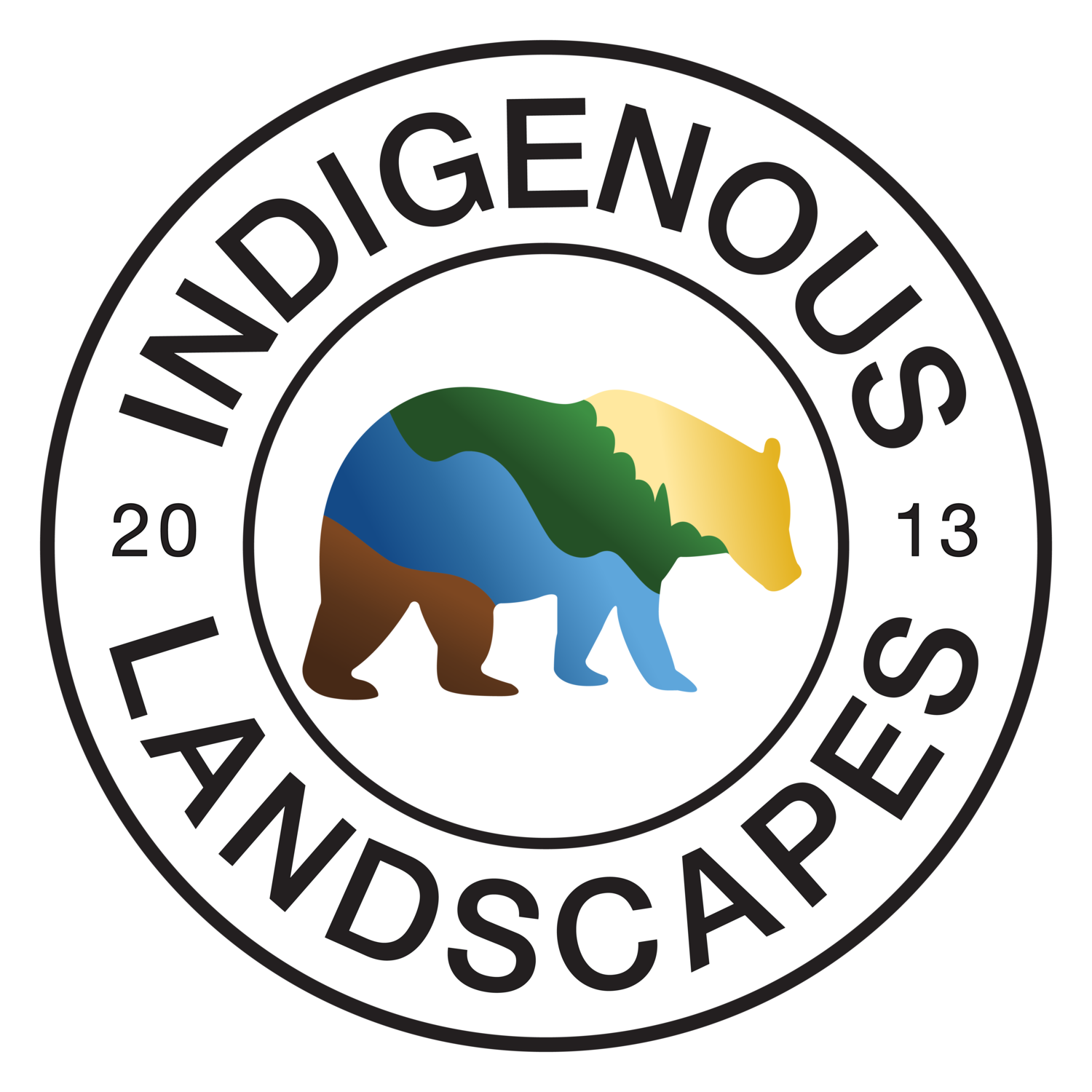Our Free Presentations and Educational Videos
50 Minute Free Presentation on Native PLant Agriculture
For display or viewing by individuals, organizations, and businesses.
An introduction to Native Plant Agriculture that features ecological insight to how this agricultural system supports biodiversity. A mix of live-scene video, high quality pictures, unscripted presentation, and scripted presentation. 51 minute presentation. To see the option to purchase the Native Plant Agriculture Vol. 1 Book follow this link.
5 Minute Introduction to Native Plant Agriculture
How to establish Native Trees and Shrubs
We made this video to help you establish native trees and shrubs within herbaceous dominated environments such as lawns, fields, pasture, and prairies. The slides on this video contain too much information to read in the time provided, so pause the video to read them, and refer back to them as your notes.
Recommended materials: 3 oz Woven Mat ^^^(Find at A.M. Leonard) 4 to 6 feet wide (mat removed after 3-4 years) Landscape staples 6" (Find at A.M. leonard) If you utilize landscape fabric instead, understand it will not last as long and not be reusable, so use the heaviest grade available, typically found at hardware stores. 4 ft to 5 ft tall fencing, 9.5 feet in length per tree/shrub and a 2 ft. piece of rebar (buy fencing rolls of 50-100' at lowes, home depot, or menards) A 3 month release organic fertilizer, applied once a year for 1st 3 years Shovel and or Spade Mulch-enough to cover the mat 2" in depth
As a side note, we recommend only using 1 to 5 gallon native trees/shrubs, as opposed to larger, typically younger plants establish better than plants that have lived more years inside pots.
July Native Meadow Views
In 2015 we started our first native meadow project, and now that it's in it's 3rd year (2018), it's beginning to come alive with pollinators and other forms of wildlife. Like it or not, Wild Turkey, Skunk, Muskrat (there is a pond in the meadow), Box turtles, Deer, and Meadow Voles have used this 1.65 acre installation as well along with a few songbird species. The more the meadow matures, the more insects and wildlife it will support. Native Meadows should bloom from May into October, this video was taken in the morning of only the Early July blooms.
AUGUST NATIVE MEADOW VIEWS
In 2015 we started our first native meadow project, and now that it's in it's 3rd year (2018), it's beginning to come alive with pollinators and other forms of wildlife. Like it or not, Wild Turkey, Skunk, Muskrat (there is a pond in the meadow), Box turtles, Deer, and Meadow Voles have used this 1.65 acre installation as well along with a few songbird species. The more the meadow matures, the more insects and wildlife it will support. Native Meadows should bloom from May into October, this video was taken in early August.
September Drone Footage of a Native Meadow
We collaborated with Lucas Thompson who produced this footage in 2018 of a 1.65 acre meadow installation during the climax bloom of Showy Tickseed (Bidens aritosa). Showy Tickseed covers about 10-15% of the meadow dominating the wettest areas. This was filmed in early September of this year, and is catching migrating Monarchs, and freshly molted monarchs (see at 30 seconds in). 3 different species of native bumble bees have bee recorded already in this meadow, their queens are mostly likely underground in a nest in the adjacent woods. Skunk, Coyote, Meadow Voles, Moles, Muskrat (in pond), Turkey, Deer, Box Turtle, Native Sparrows, Gold Finches, Wasps, Grasshoppers, Frogs, Spiders, Ants, Bees of all kinds, Beetles, and of course butterflies all have at some point used the native meadow in their own specific ways. While they've used the meadow, these species also rely on the forest as well.

